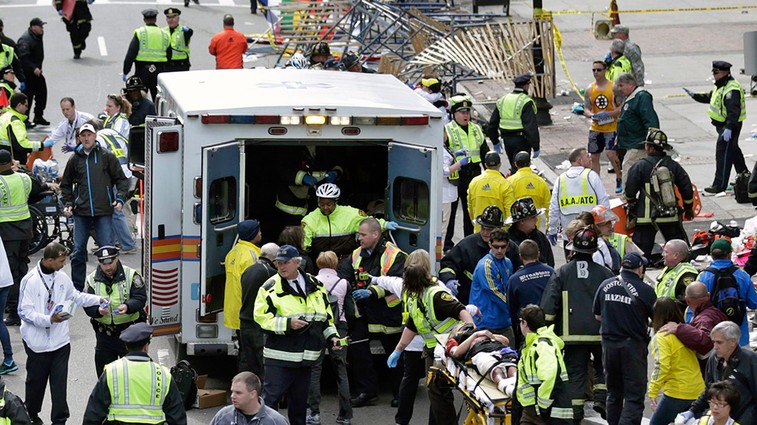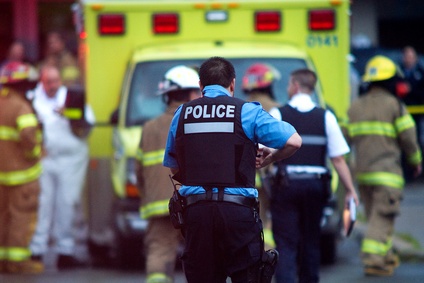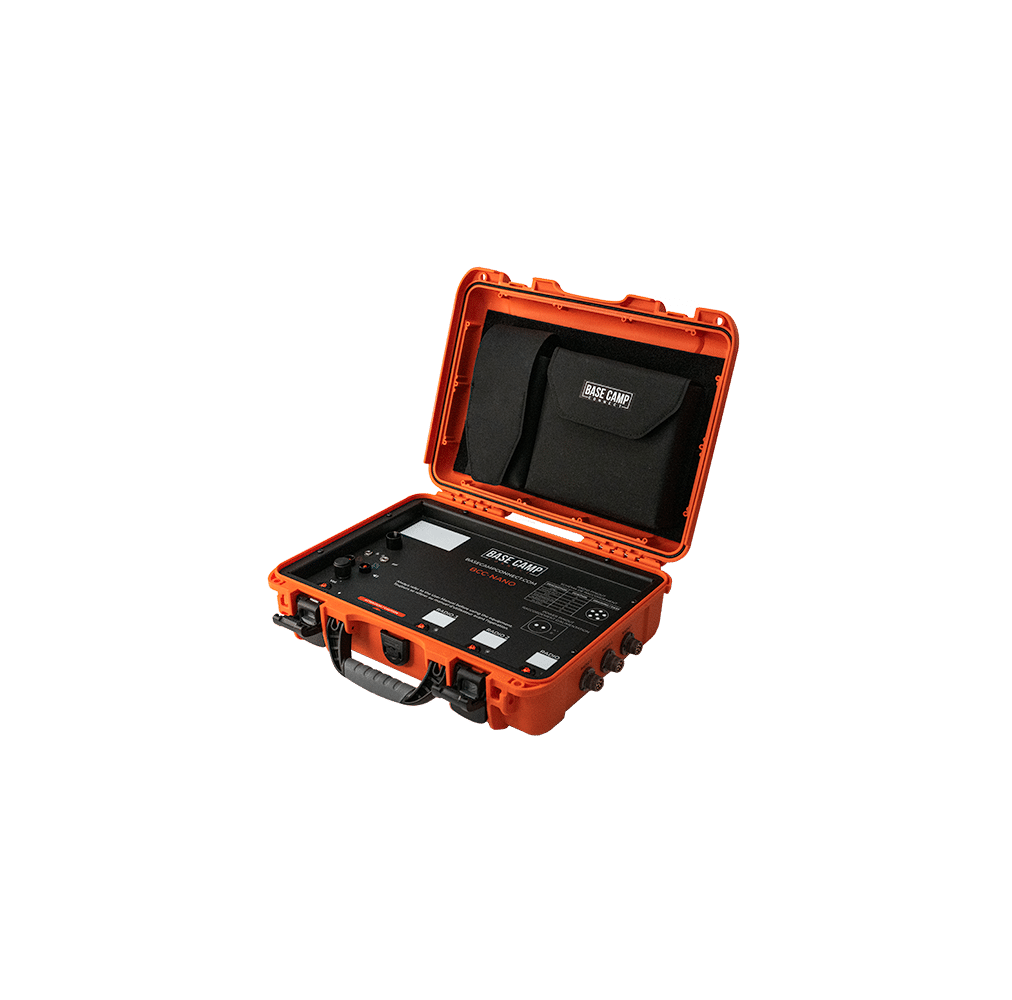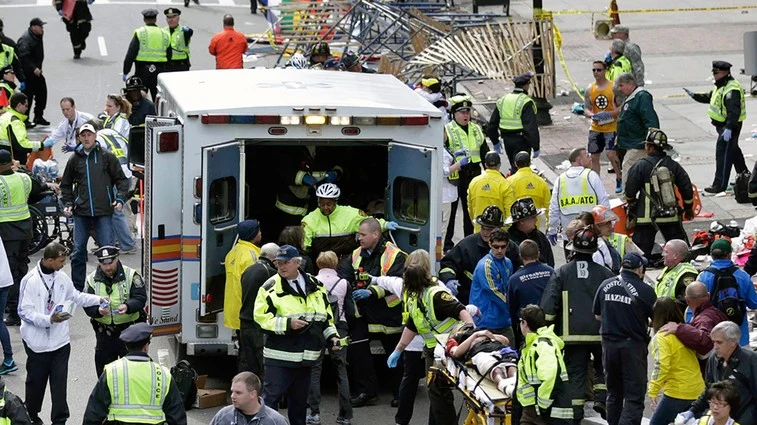With the ever-increasing complexity, frequency and breadth of emergencies, crises and disasters, the notion of interoperability between responding agencies and emergency managers is becoming exponentially more important than ever before.
Disasters, by their generally accepted definition, occur when local capacities are overwhelmed. That means that any one agency, no matter what they are, cannot handle the situation alone. They are going to need help – a lot of it.

Enter interoperability.
But what, exactly, is interoperability? Like many things associated with emergencies, crises and disasters, if you ask ten people that question, you will get ten different answers. So, how can it be defined?
Often, when one thinks of interoperability, one naturally deals with the aspect most commonly found in articles, blogs and on social media – communications. Many professionals in emergency management have devoted untold hours to better the concept, making substantial and admirable achievements within both the public and private realms. However, there is, to a large extent, a considerable elephant in the room. We must ask ourselves, do we really want to communicate with one another? If we do, do we actually understand and respect one another?
John Saunders, the past president of the International Association of Emergency Managers – Canada once told me that you can spend millions of dollars on research and development of a system that can talk from coast to coast to coast. However, if you have two people at either end that do not care for or understand one another, you have simply wasted your money. Your system is useless.
So, the approach to this elephant in the room has to be at the most basic level. Interoperability has to mean that, not only do we know to and with whom we are talking, but we understand and respect one another to the degree that we can work together. We must develop a willingness to be operationally interoperable.
Over the next several installments of this blog, I will look at various impediments to operational interoperability, and will examine findings of research I have conducted. I will further offer solutions as to how our dedicated first responders can overcome traditional hindrances and efficiently work together.
Emergencies, crises or disasters do not recognize the borders that separate the diverse agencies that respond to them. That these agencies need to communicate with one another is absolute. However, before they do that, they must understand one another, and must WANT to work together. For too many years, we have all operated in silos and, in a lot of ways, we still do.

Responders and emergency managers must be aware of each other’s standard operating procedures (SOPs) and policies. That does not mean we have to be experts at each other’s every move, but we have to understand one another’s basic raisons d’être. For example, many firefighters bemoan the responding police officer that insists on parking his or her cruiser right in front of the fire hydrant. Similarly, paramedics have frequently not been able to get as close as possible to a critically injured patient, because the fire truck has to block access right there. Paramedics have often been observed rushing towards a heavily damaged vehicle to assist injured occupants, while ignoring the potential dangers of a not yet deployed airbag, or a possibly flammable fluid leak. While every agency can claim that they “run in when others run out”, first responders have to be able to work together to achieve their common goal of preventing further injury and reducing property damage, including and especially their own.
Emergency first responders have traditionally operated under silos. Such is the nature of operational organizations that work as closely with one another as do first responders, especially where they neither appreciate nor understand the SOPs of the others. Indeed first responders, who commonly work in a command-and-control culture, are often seen to breed silos (Rosen, 2010).
For previous research, I interviewed many first responders, and one police officer indicated, “Silos have created a total lack of communication due to our hierarchal organizations”. Such cultures arouse fear, where managers focus on guarding turf rather than engaging colleagues outside their group (Rosen, 2010). This environment results in working at cross-purposes to one another and was identified in as a significant hindrance to interoperability in the City of Ottawa.
Such an environment is succinctly described by the following observation; “fire, EMS and police typically attend to their own area of expertise. Fire put out fires, EMS treat the injured and the police investigate the occurrence.” Indeed, the observation is often expounded upon to include beliefs that “the culture within the fire service is such that they work well with other firemen . . . ONLY” and that “they want to work with others but believe their mandate is inclusive of . . . virtually anything”. While these observations are directed from one specific agency towards another, none can claim innocence of not often feeling exactly the same way.
So, what must we do to remedy a situation that has, for all intents and purposes, been this way since time immemorial? Firstly, a concerted effort must be made amongst first response agencies to understand one another’s basic SOPs. Secondly, the development of positive relationships between members must commence as early as possible, at training colleges or even earlier – perhaps at post-secondary institutions where police foundations, paramedic sciences and firefighting training are offered. To not use the unique opportunity to gather the clans in an effort to understand the basics of each other’s operational responsibilities is a disservice not only to the agencies themselves, but to the public we are sworn to protect.
Once we have learned to play along in the sandbox, then we must continue to do so! Training opportunities abound, and whether we simply learn basic interoperational theory, welcome guest speakers from each other’s agency, or conduct tabletop or full-blown exercises, these must all be considered and planned. It is only then that the walls of the silos we have spent generations establishing, can, and should, be torn down.














